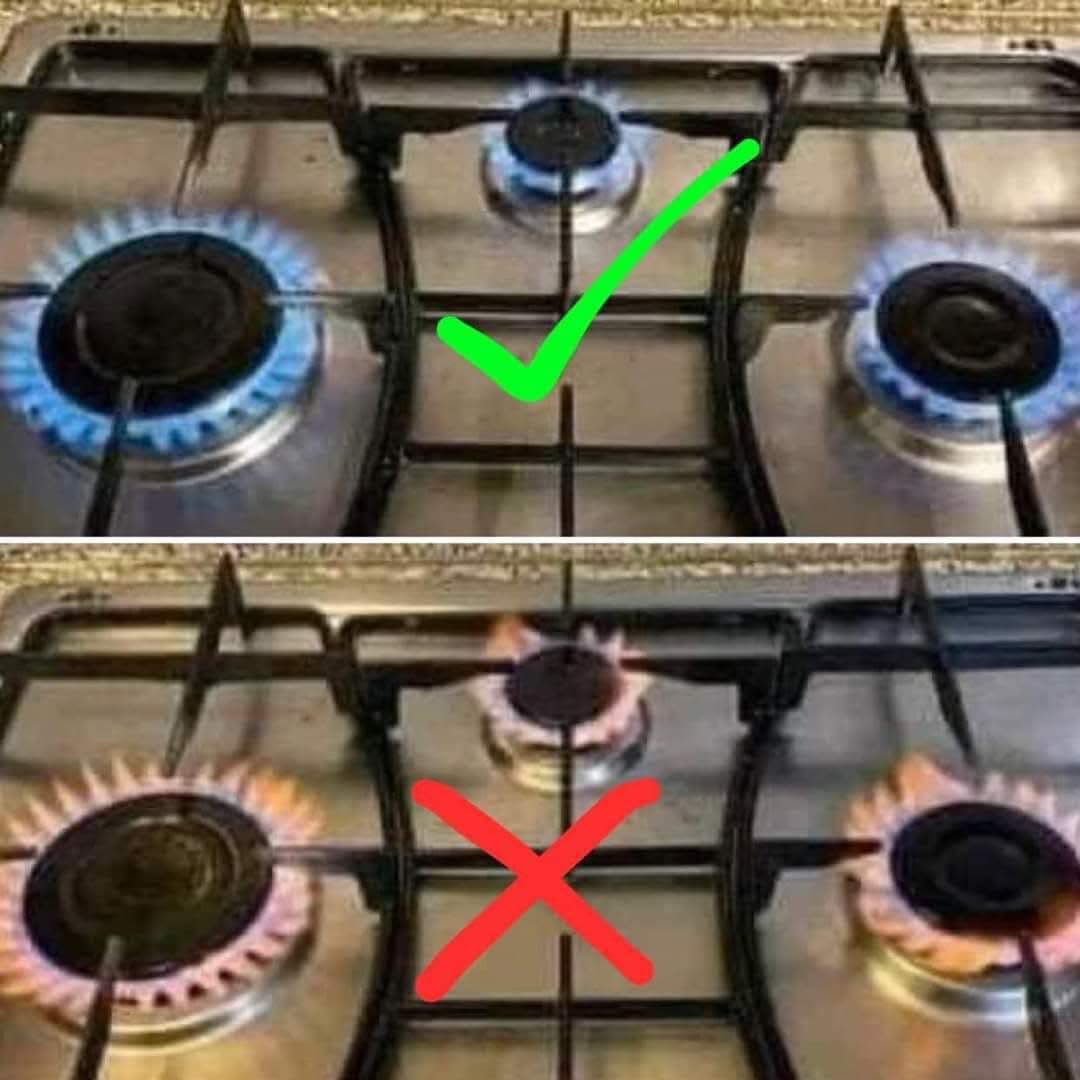ADVERTISEMENT
### **Pay Attention to the Color of Your Stove Flames: What You Need to Know**
When cooking on a gas stove, the color of the flames is more than just an aesthetic detail. It can actually provide vital information about how your stove is functioning and whether it’s operating safely and efficiently. The flames on your stove should be a certain color for optimal performance, and noticing any changes can help you address potential issues before they become major problems.
Understanding the color of your stove flames can save you money, improve your cooking, and even keep you safe. In this article, we’ll explain what different flame colors mean and how you can ensure your stove is working properly.
—
### **Ideal Stove Flame Color: Blue**
When you light your gas stove, the ideal flame color should be **blue**. A blue flame indicates that the gas is burning efficiently, with a proper balance of air and gas. This means the stove is functioning correctly, providing the right amount of heat for cooking, and producing minimal waste gases.
#### Why Blue Flames are Ideal:
1. **Efficient Combustion**: A blue flame signifies complete combustion, where the gas (typically natural gas or propane) is burning fully. This ensures that the stove is using the fuel efficiently, which can save you money on energy bills.
2. **Clean Cooking**: With a blue flame, less soot and carbon monoxide are produced, which means your pots and pans are less likely to get dirty, and the air in your kitchen remains cleaner.
3. **Even Heating**: A blue flame produces an even, controlled heat, making it ideal for cooking. It helps prevent burning food and ensures precise temperature control.
—
### **Yellow or Orange Flames: Warning Signs**
If your stove flame is **yellow** or **orange**, it could be an indication of incomplete combustion. Incomplete combustion happens when there isn’t enough oxygen available to fully burn the gas. This can cause several issues:
1. **Wasted Fuel**: A yellow or orange flame means your stove is burning fuel inefficiently. This could result in higher energy consumption and increased utility costs.
2. **Soot Buildup**: The incomplete combustion produces carbon particles, leading to soot buildup on your cookware, stove burners, and possibly the walls of your kitchen.
3. **Carbon Monoxide Production**: The burning of gas with insufficient oxygen creates carbon monoxide (CO), a colorless, odorless, and potentially deadly gas. High levels of CO in your home can be dangerous, so it’s crucial to address this issue immediately.
4. **Poor Cooking Performance**: Yellow or orange flames can indicate uneven heating, which can cause inconsistent cooking results. Your food might burn on the outside but remain undercooked inside.
#### Causes of Yellow or Orange Flames:
– **Clogged or Dirty Burner**: Food particles or grease buildup on the burner can restrict airflow, leading to an inefficient burn.
– **Improper Gas-to-Air Ratio**: If the air supply to the burner is insufficient, the gas may not burn completely, resulting in a yellow flame.
– **Malfunctioning Regulator or Valve**: If the stove’s gas regulator or valve is faulty, it may not be delivering the right amount of gas to the burner, which can affect the flame’s color.
—
### **Red or Flickering Flames: Major Concerns**
If your stove flames are **red** or flickering wildly, it indicates a more serious problem. A red or flickering flame can be caused by:
For Complete Cooking STEPS Please Head On Over To Next Page Or Open button (>) and don’t forget to SHARE with your Facebook friends
ADVERTISEMENT
